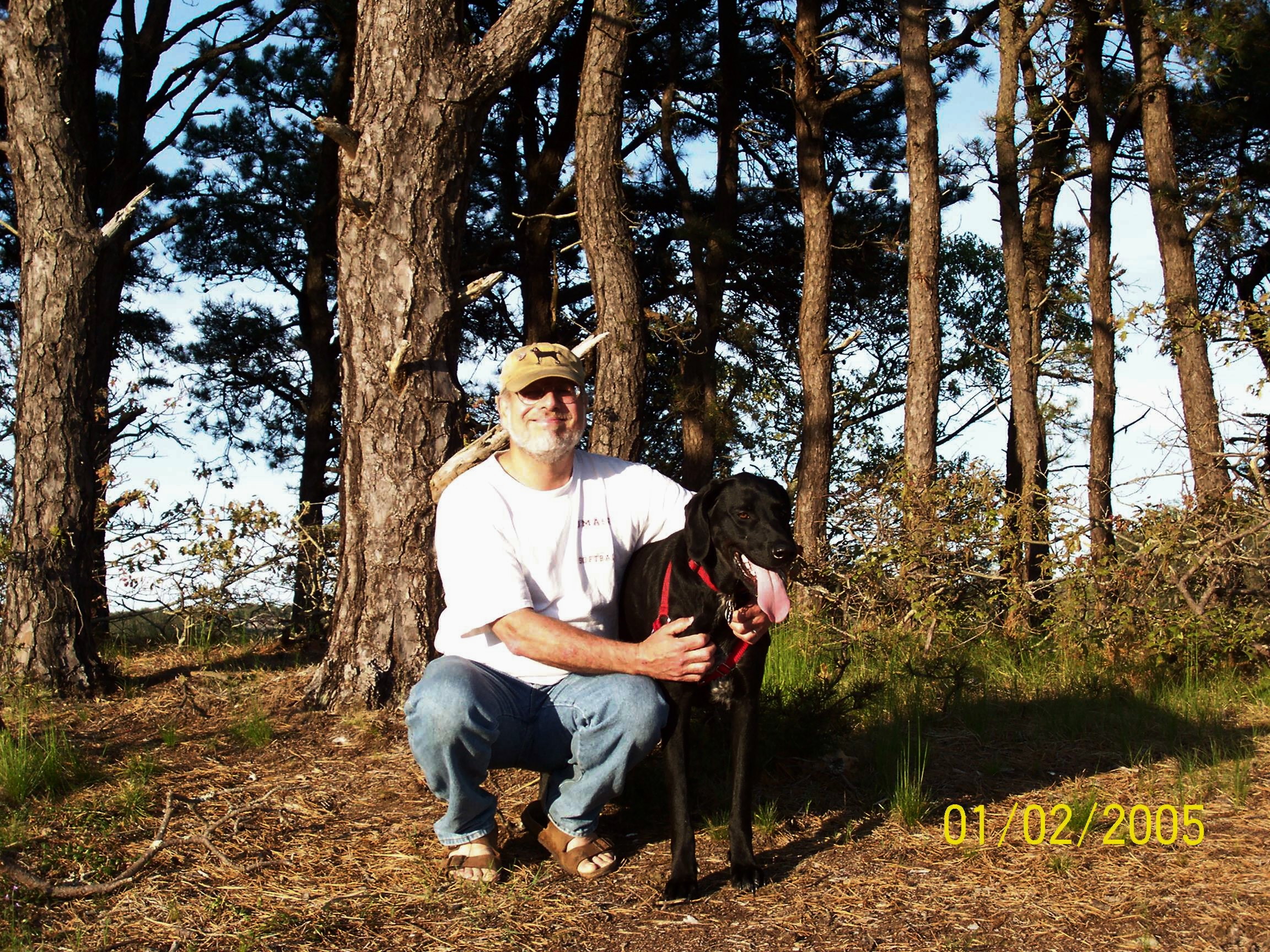
Professor of Biology, University of Massachusetts
Email: elb@bio.umass.edu
E. Bittman Biology Department Web Site
Ph.D.: University of California at Berkeley
Postdoctoral Training: University of Michigan at Ann Arbor; The Rockefeller University
Honors: Sloan Foundation Fellow in Neuroscience; Michigan Society of Fellows; Research Scientist Development Award (NIMH)
Circadian Rhythms, Reproduction, and Seasonal Changes in Brain Function
My laboratory studies the molecular and neural basis of endogenous daily (circadian) rhythms in mammals. We study the suprachiasmatic nucleus of the hypothalamus (SCN), a pacemaker critical not only to activity rhythms but also to estrous cycles, hormonal rhythms, and seasonal breeding. The SCN controls secretion of the pineal gland hormone melatonin, whose duration is detected using highly specific cell membrane receptors in the brain.
We are characterizing specific SCN cell types which generate circadian oscillations, ensure their synchronization with the outside world, and communicate with the rest of the brain.
The appropriate timing of ovulation is controlled by both signals from the ovary and the circadian clock. Projections of the SCN contact not only neurons which contain estrogen receptors, but also those which regulate the pituitary. Furthermore, estrogen-responsive cells reciprocate to regulate circadian rhythms through their projections to the SCN.
What seasonal changes in brain function drive fluctuations in reproduction, sexual behavior, and energy metabolism? We find that daylength regulates the incorporation of neurons born in adulthood.
We are discovering mechanisms by which the nervous system integrates environmental (photoperiodic) information with internal (hormonal) messages in order to adapt to season.
Representative publications:
Bittman, E.L., 2012. Does the precision of a biological clock depend upon its period? Effects of the duper and tau mutations in Syrian hamsters. PLoS One, 7(5): e36119. PMID: 22615753
Monecke, S., McKinley Brewer, J., Krug, S., Bittman, E.L. 2011. Duper: a mutation that shortens hamster circadian period.J. Biol. Rhythms, 26: 283-292. PMID21775287
Krug, S., Brewer, J.M., Bois, A.S., Bittman, E.L. 2011. Effects of the Duper mutation on circadian responses to light. J. Biol. Rhythms, 26:293-304. PMID 2177587
Mahoney, C.E., Brewer, D., Costello, M.K., Brewer, J.M., and Bittman, E.L. 2010.
Lateralization of the central circadian pacemaker output: a test of neural
control of peripheral oscillator phase. Amer. J. Physiol. Reg. Integ. Comp. Physiol.
299: R751-61. PMID: 20592176
Bittman, E.L. 2009. Vasopressin: more than just an output of the circadian pacemaker? Amer. J. Physiol. Reg. Integ. Comp. Physiol. 296: R821-3. PMID 19109364
Bittman, E.L., Costello, M.K., Brewer, J.M. 2007 Circadian organization of tau mutant hamsters: aftereffects and splitting. J Biol Rhythms. 22(5):425-31.
Guo, H., Brewer, J.M., Lehman, M.N., and Bittman, E.L. 2006. Suprachiasmatic regulation of circadian rhythms of gene expression in hamster peripheral organs: effects of transplanting the pacemaker. Journal of Neuroscience, 26: 6406-12.
Guo, H., Brewer, J.M., Champhekar, A., Harris, R.B.S., and Bittman, E.L., 2005. Differential Control of Peripheral Circadian Rhythms by Suprachiasmatic-dependent Neural Signals. Proc Natl. Acad. Sci. 102: 3111-6.
Cheng, M.Y., Bittman, E.L., Hattar, S.S., Leslie, F., Yau, K-W, and Zhou, Q-Y, 2005. Regulation of prokineticin 2 expression by light and the circadian clock. BMC Neurocience 17: 6-17.
Tetel M.J., Ungar, T.C., Hassan, B., and Bittman, E.L., 2004. Photoperiodic regulation of androgen receptor and steroid receptor coactivator-1 in Siberian hamster brain. Brain Research, Molecular Brain Research, 131: 79-87.
Tong, Y, Guo, H., Brewer, J.M., Lee, H, Lehman, M.N., and Bittman, E.L., 2004. Oscillating expression of haPer1 and haBmal1 in peripheral organs of Syrian hamsters. J. Biol. Rhythms, 19: 113-125.
Bittman, E.L., Doherty, L., Huang L., and Paroskie, A., 2003. Period gene expression in mouse endocrine tissues. Am J Physiol Regul Integr Comp Physiol 285: R561-569.
Bittman, E.,L., Ehrlich, D.A., Ogdahl, J.L., and Jetton, A.E., 2003. Photoperiod and testosterone regulate androgen receptor immunostaining in the Siberian hamster brain. Biol. Reprod. 69: 876-884.
Huang, L., and Bittman, E.L. (2002). Olfactory bulb cells generated in adult male golden hamsters are specifically activated by exposure to estrous females. Hormones and Behavior, 41: 343-50.
Song, C.K., Bartness, T.J., Petersen, S.L., and Bittman, E.L. 2000. Co-expression of melatonin (MEL1a) receptor and arginine vasopressin mRNAs in the Siberian hamster suprachiasmatic nucleus. J. Neuroendocrinol. 12: 627-634.
de la Iglesia, H.O., Blaustein, J.D., and Bittman, E.L. 1999. Estrogen receptor-immunoreactive neurons project to the suprachiasmatic nucleus of the female Syrian hamster. J. Neuroendocrinol. 11: 481-490. Abstract
Bittman, E.L., Tubbiola, M.L., Foltz, G., and Hegarty, C.M. 1999. Effects of photoperiod and androgen on pro-opiomelanocortin gene expression in the arcuate nucleus of golden hamsters. Endocrinol. 140: 197-206.
Meyer-Bernstein, E.L., Jetton, A.E., Matsumoto, S.-I., Markuns, J.F., Lehman, M.N., and Bittman, E.L. 1999. Effects of suprachiasmatic transplants on circadian rhythms of neuroendocrine function in golden hamsters. Endocrinol. 140: 207-218.
Huang, L., DeVries, G.J., and Bittman, E.L. 1998. Photoperiod regulates neuronal bromodeoxyuridine labeling in the brain of a seasonally breeding mammal. J. Neurobiol. 36: 410-420.